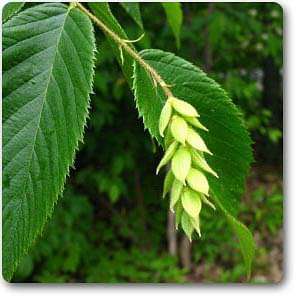
Hophornbeam - Plant
(MRP Inclusive of all taxes)
- Shipping ₹79 for entire order
- Dispatch in 7 days
- Country of origin: India

(MRP Inclusive of all taxes)
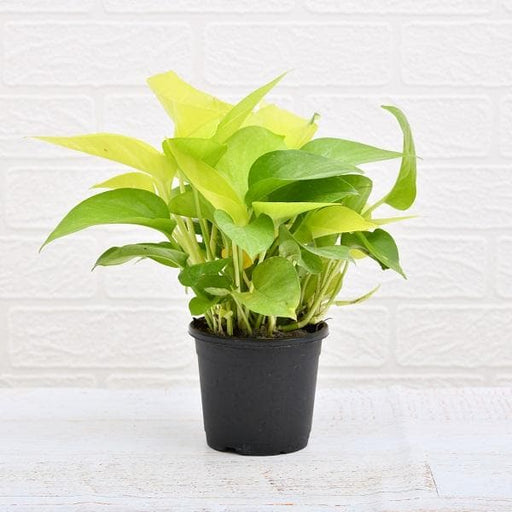 Save 29%
Save 29%
Air Purifier Money Plant with Pot The Air Purifier Money Plant, also known as Pothos or Epipremnum aureum, is a stunning indoor plant that...
View full details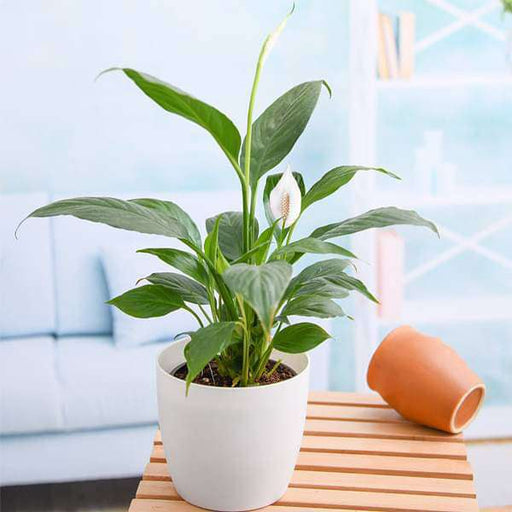
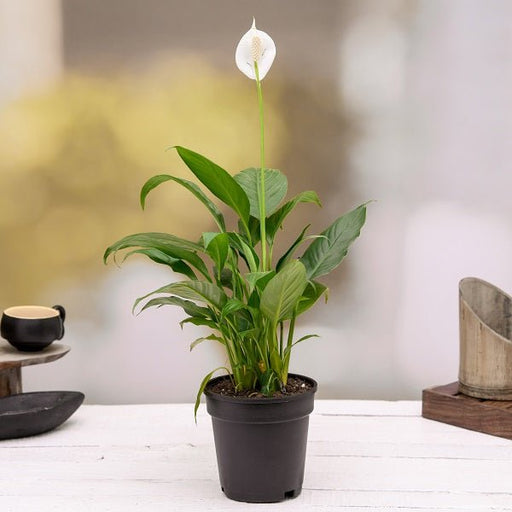 Save up to 15%
Save up to 15%
Peace Lily, Spathiphyllum - Plant The Peace Lily, scientifically known as Spathiphyllum, is a stunning houseplant celebrated for its elegant white...
View full details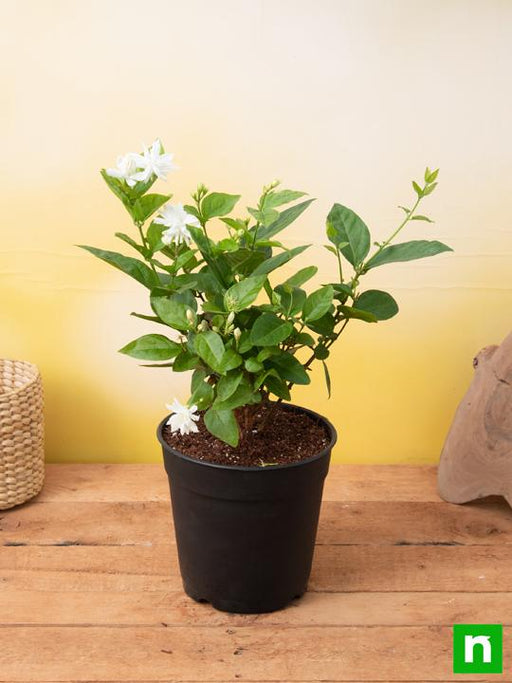
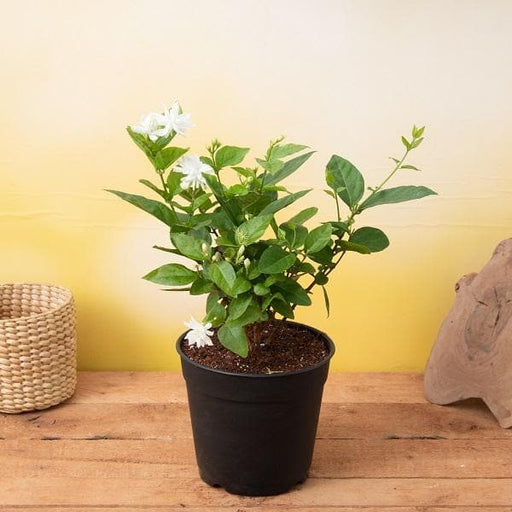 Save 25%
Save 25%
Jasminum sambac, Mogra, Arabian Jasmine - Plant Jasminum sambac, commonly known as Mogra or Arabian Jasmine, is a fragrant flowering plant...
View full details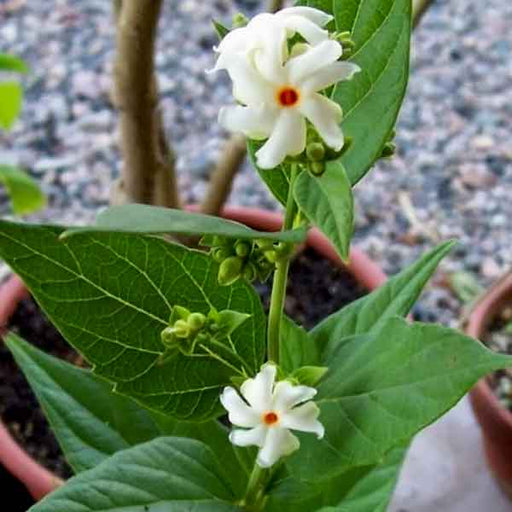
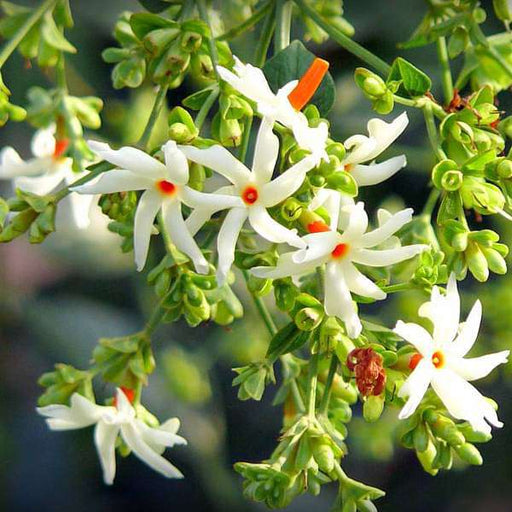 Save 18%
Save 18%
Combo Constituents Includes the Parijat Tree (Night-Flowering Jasmine), a culturally significant plant with fragrant flowers. Description The Pari...
View full details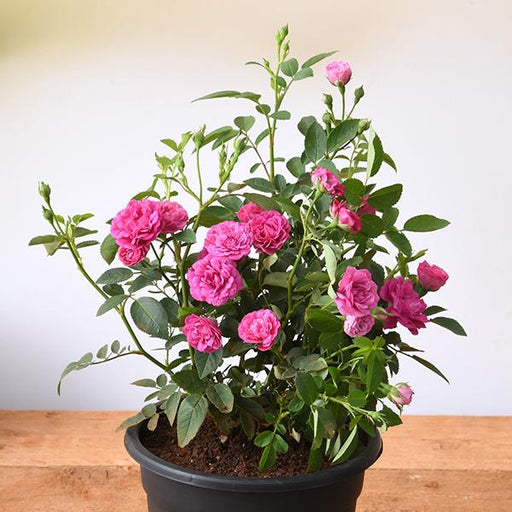
 Save 25%
Save 25%
Miniature Rose, Button Rose (Any Color) - Plant The Miniature Rose, also known as the Button Rose, is a charming and compact flowering plant that ...
View full details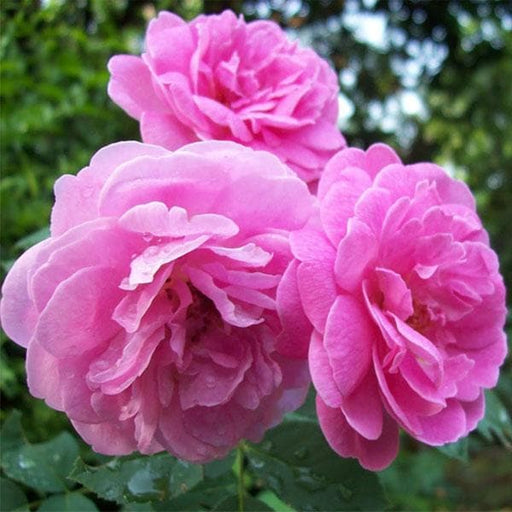 Save 25%
Save 25%
Damascus Rose, Scented Rose (Any Color) - Plant The Damascus Rose, also known as Rosa damascena, is a timeless symbol of beauty and romanc...
View full details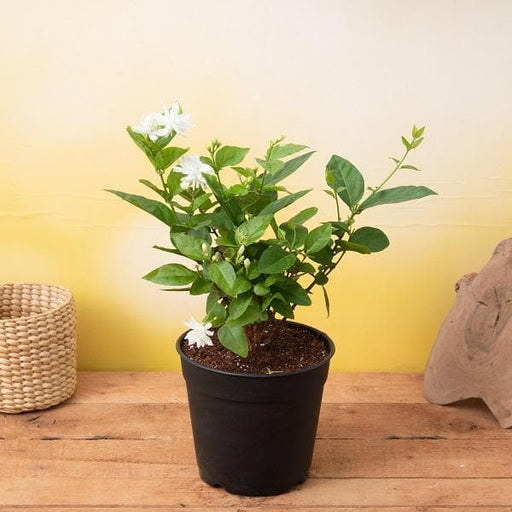
 Save 17%
Save 17%
Beautiful Fragrant Mogra, Arabian Jasmine Plant with Pot The Beautiful Fragrant Mogra, also known as Arabian Jasmine (Jasminum sambac), is...
View full details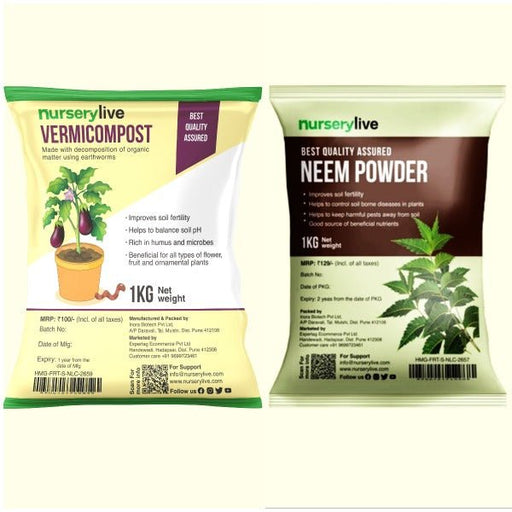 Save 15%
Save 15%
Pack of Vermicompost and Neem Cake for House Plants Transform your indoor garden with our premium Pack of Vermicompost and Neem Cake, spec...
View full details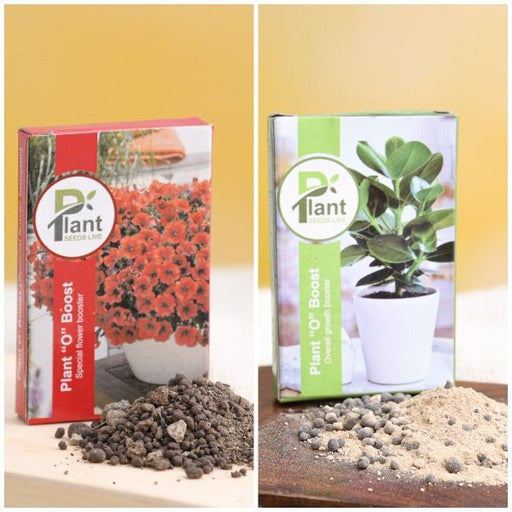
Pack of Plant Growth and Flower Boosters Unlock the full potential of your garden with our Pack of Plant Growth and Flower Boosters! This ...
View full details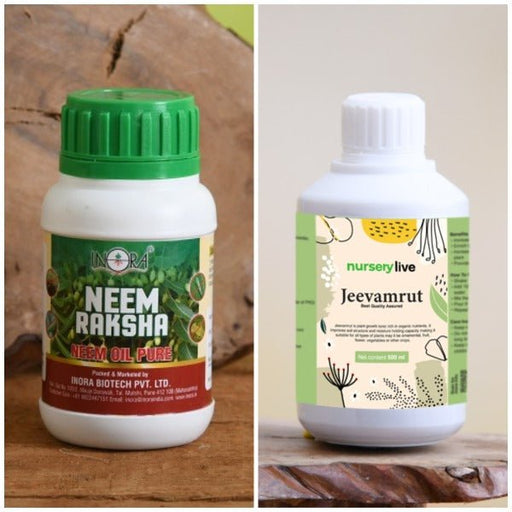 Save 38%
Save 38%
Combo of Jeevamrut and Neem Raksha for Easy Growth and Protection of Houseplants Transform your indoor garden with our exclusive combo of ...
View full details Save 22%
Save 22%
Plant Nutrients Kit (Pack of 16) for a Healthy Garden Transform your garden into a lush paradise with our Plant Nutrients Kit, featuring 1...
View full details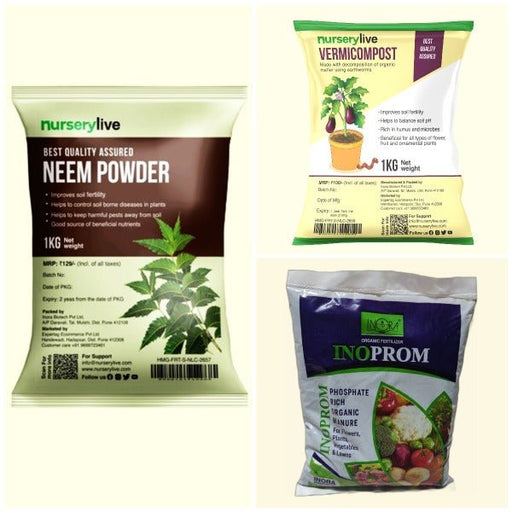 Save 16%
Save 16%
Combo of Top Plant Fertilizers Elevate your gardening game with our exclusive Combo of Top Plant Fertilizers, featuring two bags of premiu...
View full details Save 24%
Save 24%
Pack of 4 Additives to Make Soil Healthy and Nutrient Rich Transform your garden into a thriving ecosystem with our Pack of 4 Additives de...
View full details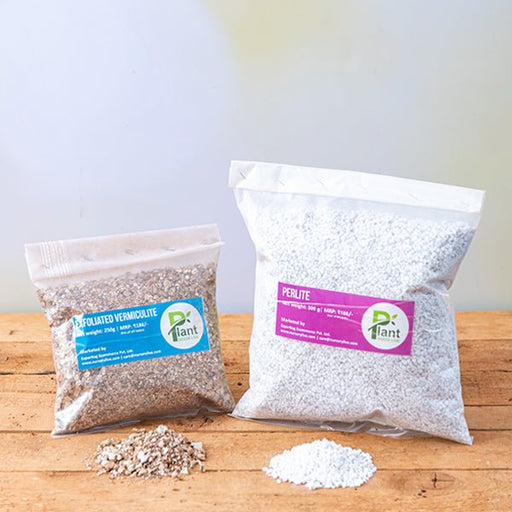 Save 30%
Save 30%
Transform your gardening experience with our premium Combo of Perlite and Vermiculite. This unique blend is designed to enhance soil aeration and ...
View full details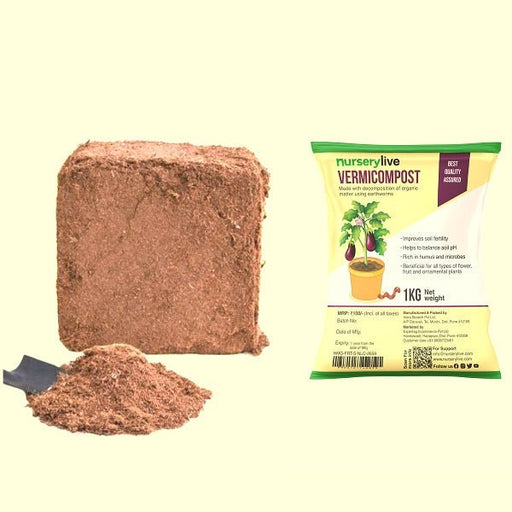 Save 27%
Save 27%
Combo of 2 Vermicompost and Cocopeat - Enrich Your Soil Naturally! Transform your garden into a thriving ecosystem with our Combo of 2 Ver...
View full details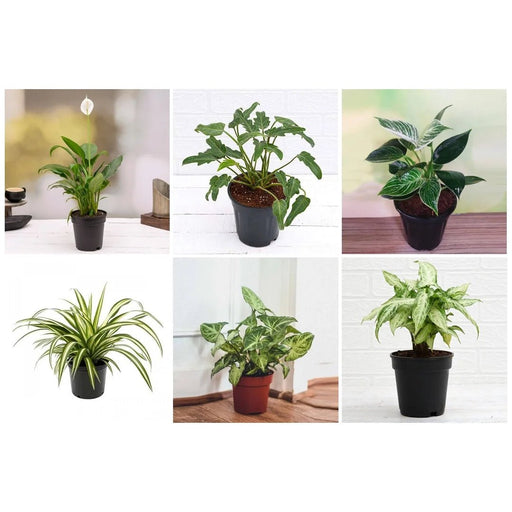
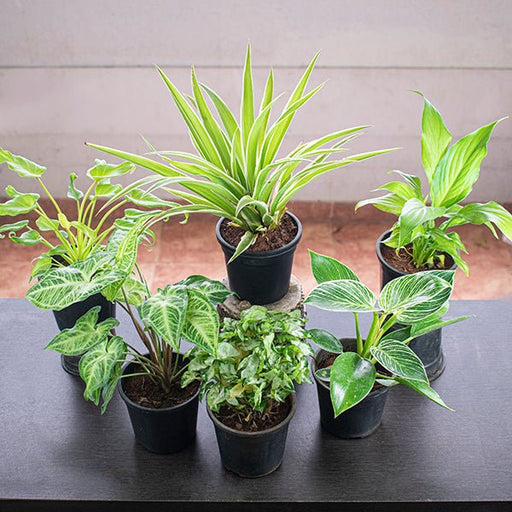 Save 35%
Save 35%
Best 6 Plants for Perfect Indoor Garden Transform your living space into a lush oasis with our curated collection of the Best 6 Plants for a...
View full details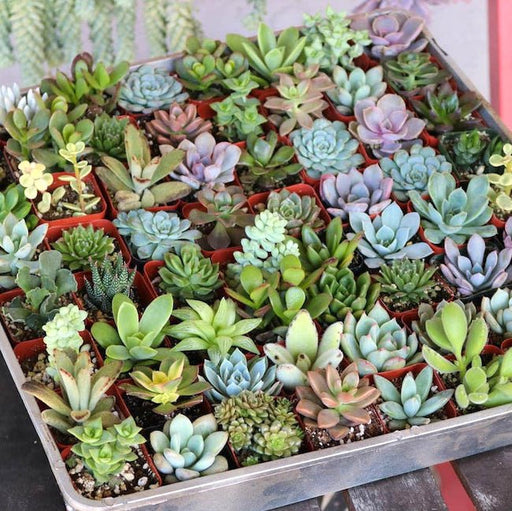
 Save up to 50%
Save up to 50%
Mini Succulent Garden Pack Transform your space with our Mini Succulent Garden Pack, featuring a delightful collection of 4 any variety beautiful s...
View full details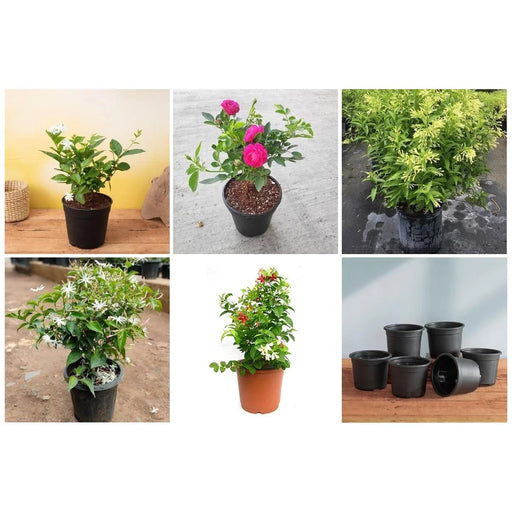
 Save 30%
Save 30%
5 Best Fragrant Plants Transform your garden or indoor space into a fragrant paradise with our curated selection of the 5 Best Fragrant Plants. Th...
View full details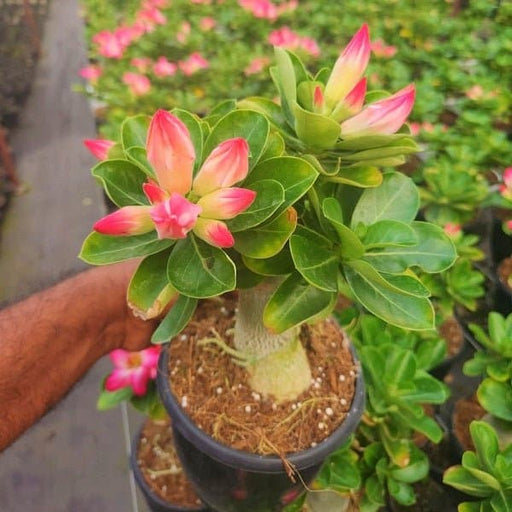
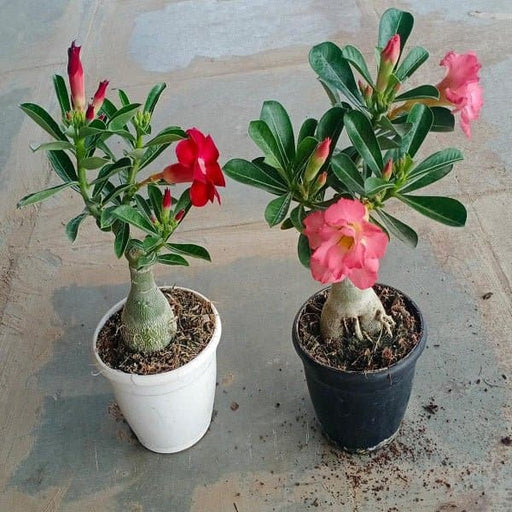 Save 24%
Save 24%
Set of 2 Bonsai Looking Grafted Adeniums Transform your indoor or outdoor space with our exquisite Set of 2 Bonsai Looking Grafted Adenium...
View full details Save 45%
Save 45%
Top 4 Die Hard Succulents Pack Transform your indoor or outdoor space with our Top 4 Die Hard Succulents Pack, featuring a curated selecti...
View full details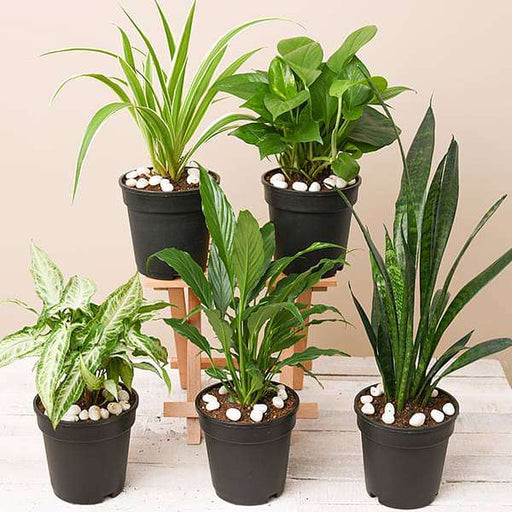
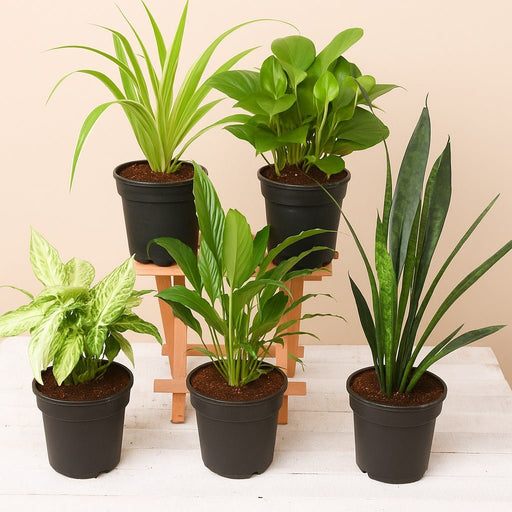 Save 30%
Save 30%
5 Best Indoor Plants Pack Transform your living space into a lush oasis with our '5 Best Indoor Plants Pack.' This carefully curated collection fe...
View full details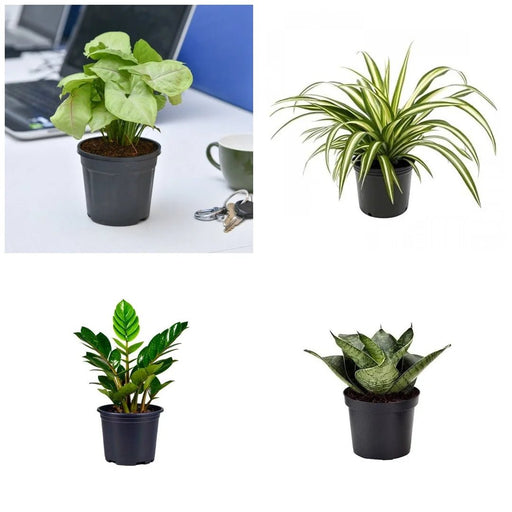
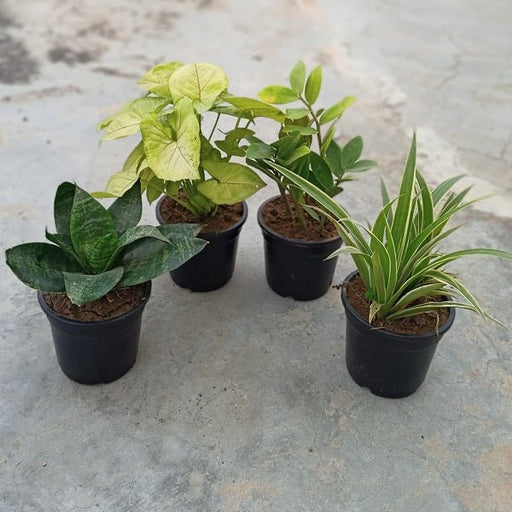 Save 25%
Save 25%
Set of 4 Evergreen Air Purifier Plant Pack Transform your indoor space into a lush, green oasis with our Set of 4 Evergreen Air Purifier Pla...
View full details| SrNo | Item Name |
|---|---|
| 1 | Hophornbeam - Plant |
The Hophornbeam, scientifically known as Ostrya virginiana, is a deciduous tree native to North America. Known for its unique hop-like fruit clusters and attractive, serrated leaves, this tree can reach heights of 30 to 50 feet. Its dense, tough wood is highly valued for its durability and resistance to decay, making it a popular choice for furniture and flooring. The Hophornbeam thrives in a variety of soil types, making it a versatile addition to any landscape.
Hophornbeam is not just another tree; it plays a crucial role in its ecosystem. Its flowers provide nectar for pollinators, while its seeds are a food source for birds and small mammals. Additionally, the tree's ability to tolerate poor soil conditions makes it an excellent choice for reforestation and erosion control, contributing positively to environmental health.
This tree is distinguished by its unique bark, which resembles that of the American Hornbeam, and its hop-like fruit that hangs in clusters. The Hophornbeam's attractive fall foliage, which turns a brilliant yellow, adds seasonal interest to any garden. Its resilience to pests and diseases further enhances its appeal for sustainable landscaping.
Hophornbeam trees contribute to soil stabilization and improve air quality. Their deep root systems help prevent erosion, making them valuable in conservation efforts. By planting Hophornbeam, you not only enhance your landscape but also support local wildlife and promote a healthier environment.
If you think caring for a Hophornbeam is as easy as pie, think again! This tree has its quirks, like a diva at a talent show. It loves well-drained soil and a sunny spot, but don’t drown it in water—this isn’t a swimming pool party! Regular pruning keeps it looking sharp, and a little mulch goes a long way in keeping those roots cozy. Treat it right, and it’ll reward you with a stunning display of foliage that’ll make your neighbors green with envy.
Patience is a virtue, especially when it comes to the Hophornbeam’s growth rate. This tree isn’t in a hurry; it takes its sweet time to reach maturity. Expect a slow but steady climb, like a tortoise in a race. In ideal conditions, it can grow about 12 to 24 inches a year. So, if you’re looking for instant gratification, you might want to consider a fast-growing shrub instead. But hey, good things come to those who wait!
The Hophornbeam is like the Swiss Army knife of trees—versatile and full of surprises! Its strong, dense wood is perfect for making furniture, tool handles, and even musical instruments. Plus, it’s a favorite among wildlife, providing food and shelter for birds and small mammals. So, whether you’re a DIY enthusiast or a nature lover, this tree has something for everyone. Just don’t expect it to whip up a gourmet meal; it’s not that kind of multitasker!
a Hophornbeam thriving in a cozy woodland setting, surrounded by its leafy friends. This tree loves well-drained, sandy or loamy soils and can often be found in mixed forests. It’s like the introverted friend who prefers a quiet gathering over a loud party. While it can tolerate some shade, it truly shines in full sun. So, if you’re planning to plant one, make sure it has a nice spot to stretch its branches and soak up the rays!
Every tree has its enemies, and the Hophornbeam is no exception. While it’s generally pest-resistant, it can occasionally attract aphids and caterpillars, those pesky party crashers of the plant world. But fear not! A little neem oil or insecticidal soap can send them packing. Just remember, a healthy tree is a happy tree, so keep an eye out for any signs of distress. After all, you wouldn’t want your Hophornbeam to throw a tantrum!
If you’re looking to add a touch of elegance to your landscape, the Hophornbeam is your go-to tree. With its graceful form and stunning fall color, it’s like the fashionista of the plant world. It works well as a specimen tree, in hedges, or even as a street tree. Just imagine your yard transformed into a picturesque scene straight out of a gardening magazine. So, roll up your sleeves and get ready to impress the neighbors with your landscaping prowess!
The Hophornbeam is a bit of a soil snob. It prefers well-drained, sandy, or loamy soils, and it’s not a fan of heavy clay. Think of it as the Goldilocks of trees—too wet or too dry just won’t do! If you want to keep your Hophornbeam happy, consider amending your soil with organic matter to improve drainage. A little TLC goes a long way, and soon you’ll have a thriving tree that’s the envy of the neighborhood.
Pruning a Hophornbeam is like giving it a stylish haircut—just the right snip can enhance its natural beauty. The best time to prune is in late winter or early spring before new growth begins. Focus on removing dead or crossing branches to promote a healthy structure. But beware of overzealous pruning; you don’t want to turn your tree into a topiary gone wrong! A little finesse will keep your Hophornbeam looking sharp and ready for its close-up.
When autumn rolls around, the Hophornbeam puts on a show that would make any Broadway star jealous. Its leaves transform into a stunning palette of yellows and golds, creating a breathtaking spectacle. It’s like nature’s way of saying, “Look at me!” So, if you’re looking to add some pizzazz to your fall landscape, this tree is a must-have. Just be prepared for the inevitable “oohs” and “aahs” from passersby!
The Hophornbeam is a generous host in the wildlife world. Its flowers provide nectar for bees, while its seeds are a tasty treat for birds and small mammals. It’s like a five-star restaurant for critters! By planting a Hophornbeam, you’re not just beautifying your yard; you’re creating a thriving ecosystem. So, sit back and enjoy the show as nature’s little guests come to dine and play in your garden.
Just like ice cream flavors, Hophornbeams come in different varieties, each with its own unique charm. From the common Hophornbeam (Ostrya virginiana) to the more exotic cultivars, there’s a perfect match for every garden. Some boast a more compact form, while others flaunt their stunning bark. So, whether you’re a fan of the classics or looking for something a bit more adventurous, there’s a Hophornbeam variety waiting to steal the spotlight in your landscape!
Hophornbeam, or Ostrya virginiana, is a deciduous tree that loves to show off its unique hop-like fruit. It’s like nature’s little party favor! This tough tree thrives in various soils and is perfect for those who want a low-maintenance yet charming addition to their garden.
Hophornbeam is a native to North America, thriving in the eastern U.S. and parts of Canada. It enjoys well-drained soils and can often be found in woodlands, making it the introverted tree of the forest. Just like that friend who prefers cozy gatherings over wild parties!
Hophornbeam can reach heights of 20 to 40 feet, making it a modest-sized tree. It’s not trying to steal the spotlight but rather to provide a lovely backdrop for your garden. Think of it as the reliable friend who’s always there but never overshadows you!
Hophornbeam offers shade, beauty, and wildlife habitat. Its dense foliage provides a cozy nook for birds and critters, while its attractive bark and hop-like fruits add visual interest. It’s like the Swiss Army knife of trees—functional, stylish, and always ready to impress!
Yes, Hophornbeam is generally deer resistant! These critters tend to pass it by for more delectable options. So, if you’re tired of your garden being a deer buffet, this tree is your new best friend. It stands tall and proud, saying, “Not today, Bambi!”
Caring for Hophornbeam is a breeze! It prefers well-drained soil and moderate watering. Prune it occasionally to maintain its shape, and watch out for pests. It’s like having a pet that doesn’t need to be walked—just a little love and attention!
Hophornbeam blooms in spring, showcasing its delicate catkins. These little floral wonders are like the tree’s way of saying, “Look at me, I’m fabulous!” The blooms attract pollinators, making it a social butterfly in the plant world.
Yes, Hophornbeam is quite drought-tolerant once established. It’s like that friend who can survive on snacks and water for days! Just give it a good drink during its early years, and it’ll thrive even when the rain decides to take a vacation.
Absolutely! Hophornbeam is perfect for small gardens due to its moderate size and attractive features. It won’t hog all the space, allowing you to showcase other plants. Think of it as the perfect roommate—respectful, charming, and always adding a touch of class!
Hophornbeam prefers well-drained, loamy soil but can adapt to various soil types. It’s like the tree version of a chameleon, fitting in wherever it goes. Just ensure it doesn’t sit in soggy soil, or it might throw a tantrum!
Hophornbeam has a moderate growth rate, adding about 12 to 24 inches per year. It’s not in a hurry, taking its time to grow into a stunning tree. Patience is key, but the wait is worth it for this charming addition to your landscape!
Definitely! Hophornbeam is a fantastic choice for landscaping, providing shade, beauty, and wildlife habitat. Its unique appearance and adaptability make it a star performer in any garden. It’s like the versatile actor who can play any role and still steal the show!